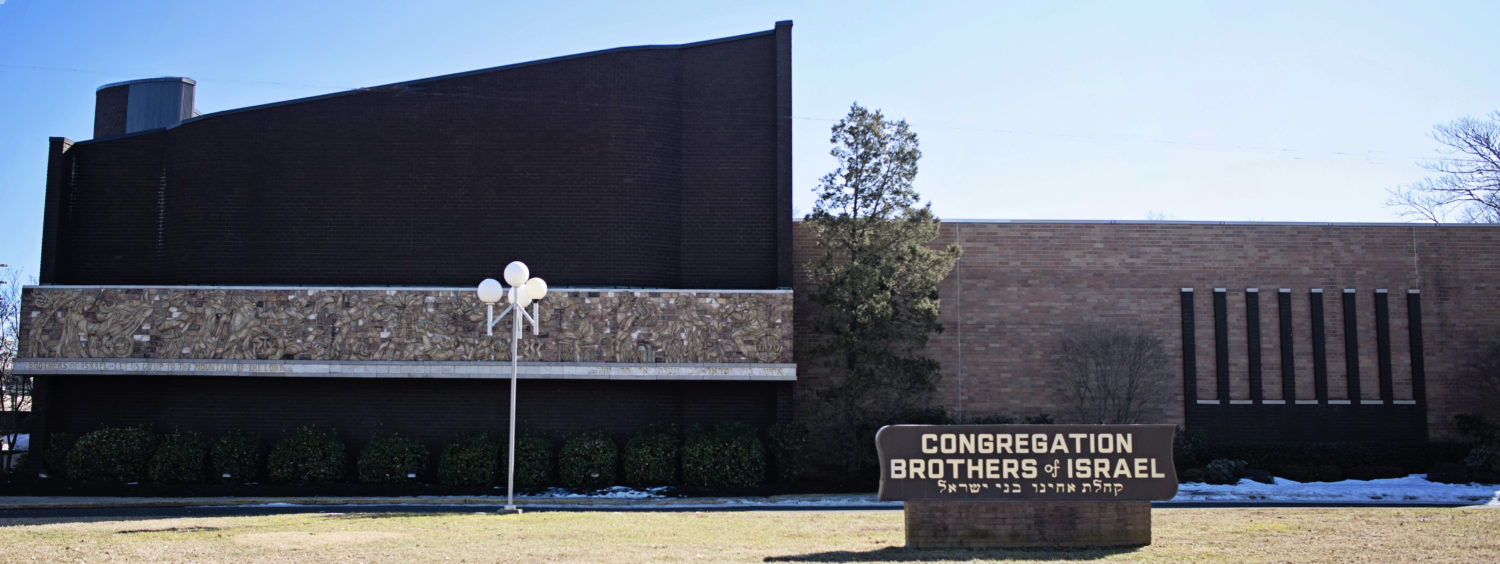Structure of the Parsha and the Ketoret (incense) Altar
Adapted from Rabbi Braun’s sermon in 5768
I was not until relatively recently in the world of Biblical Exegesis that one might hear the words “literary structure” and “Torah study” uttered in the same sentence. Yet that is not uncommon to hear today, articles and books have been written about the sequence and order of verse, chapters and even entire books. The results from such study usually yield new insight and profound ideas.
My bet is that many people would object in the orthodox world might object to studying the literary structure of the Bible, which is curious because although not as often as we do today and not as a field of study, the general idea and method has been used by rabbis for over two thousand years.
Continuing from last week on the theme of doing things a little bit differently I want to analyze the structure of Terumah and Tetzaveh with you and highlight how an appreciation and study of it will help us understand the role of one of the instruments in the mishkan.
|
Page |
Chapter verse |
Item |
|
446 |
25/10-11 |
Aron |
|
448 |
25/23-24 |
Shulchan |
|
450 |
25/31-32 |
Menorah |
|
452 |
26/1 |
Mishkan |
|
458 |
26/31 |
Paroches |
|
458 |
27/1 |
Mizbeach |
|
464 |
28/1 |
Priestly clothes |
|
466 |
28/6 |
Ephod |
|
468 |
28/13 |
Mishbetzot zahav |
|
468 |
28/15 |
Choshen |
|
470 |
28/31 |
Me’il Ha’Ephod |
|
472 |
28/36 |
Tzitz |
|
474 |
29/1 |
Procedure |
|
480 |
30/1 |
Mizbeach ketoret |
To summarize- First you have the items that will go in the mishkan, the Aron, Shulchan Menorah, Paroches, Mizbeach and the Mishkan itself.
Then you have the priestly clothing.
Finally you have the procedure to be performed once the Mishkan is completed.
That should be it, but we are not done. After all of the above we have the command to build the altar for the incense.
That, both in language and purpose, belongs in the first set, i.e. items of the mishkan. It is one of them and its dimensions are given in the same manner.
For Homework – you should look at the order of these same items in Vayakhel and Pekudei and see how in general they are different from what appears in our parsha. For us this morning it is sufficient to not that there the Mizbeach Haketoret is actually placed correctly alongside the other items.
That just begs the questions:
Why is it separated here from the other internal items?
Why is it commanded only at the very end of everything?
Those 2 questions demand an answer once you have analyzed the structure of our parshiot!
In our medieval commentators we find that they took note of the issue and provided answers to each of those questions.
Chizkuni argues that it is placed away from the other internal items to teach us that it can only be used for incense and nothing else.
That answers the first question.
Why at the very end?
Both the Ramban and Seforno give answers to this question. The Netziv does as well although his is unintelligible to me.
I would add my own to the mix. I’d argue as follows. The Ketoret plays a central role in allowing the Shechinah, the divine presence, to enter the Mikdash and therefore after all is said and done we have one final reminder- do not forget that the entire point of this exercise is to bring Hashem into this structure, into our world and into our midst.
That is the end goal and that goal is highlighted and emphasized by taking the incense altar and “mis”placing it at the end of the 2 parshiot.


